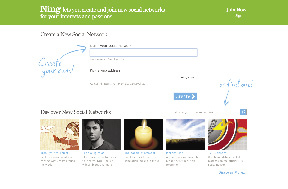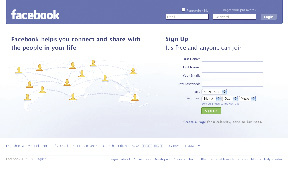We live in a 2.0 world. However, many CEOs still refuse to adopt web 2.0 technologies and begin the process of integration. Web 2.0 is not a fad! If you think that your company will do just fine without blogging or establishing a company page on social networks, you are strongly mistaken. The last thing you want your company to be known as, is outdated and behind the curve. Great companies, like Google, Apple and Amazon are always ahead of the curve. Each of these companies not only embrace web 2.0, but they also shape it by creating their own widgets and platforms.
Web 2.0 tools are virtually free, however their benefits are astronomical. When implemented correctly, your web 2.0 initiatives will synergistically solve the biggest problem companies are facing today. This problem is SEO, better known as Search Engine Optimization. When a potential client is looking for the product or service you provide they will search a specific few keywords. If you want to be a dominant force in your industry, you must be on the first page of search results. To show up on the first page of search engine results, your companies name and website must be linked to from hundreds of thousands of other pages. Your twitter followers, Facebook page fans, blog readers and YouTube viewers will all play a vital role in increasing your rankings. Without the careful utilization of web 2.0 tools, you put your company in a deep hole. Here is your personalized web 2.0 action plan:
1. Blog: Set up a corporate blog using a platform, such as wordpress, typepad, squarespace or blogger. Write great content as frequently as possible, while maintaining an overarching theme.
2. Fan Page: Sign up for a membership on Facebook and create a product or service fan page. Customize it to your liking and link your content (blog, YouTube, etc.) to it to increase traffic.
3. YouTube: Sign up for YouTube and create a custom company channel. Upload videos that establish your expertise and then get creative and produce advertisements for your company and/or blog.
4. Twitter: Create a company Twitter account and begin micro-blogging. Feed your Twitter updates to your blog and other pages to keep fans and customers up to date while you're on the road.
5. Ning: Go to Ning.com and create a social network just for your employees or for your employees and fans. This will give your company a unique advantage over the competition, since you will have a much more personal relationship with your customers and fans.
6. Widgets: If you have the luxury of having a tech team, then brainstorm on a widget that your company will develop. If you are a real estate company, think about developing a listings widget. Follow the API instructions at Google and different social networks, so it can be distributed everywhere. If you create a truly useful widget, it will provide better marketing than a $25,000 campaign.
7. Submit Blogs: Once you write content for your blog, be sure to submit it to sites like StumbleUpon, Technorati and RSS blog directories.
8. Research: New web 2.0 tools are constantly being developed and it is tough to implement all of them. However, you should spend at least 15 minutes a day reading up on a web 2.0 tool you are not familiar with. Not every one will be useful to your specific company, but some may play quite significant roles, so keep reading!
This action plan is just the tip of the iceberg, so once you have implemented the following contact us for further instructions. We specialize in creating personalized web 2.0 plans for companies in every industry.
Maxwell Finn is the co-founder of GST Media LLC (http://gstmedia.com), Boston, MA.
Tags:
The benefits of utilizing web 2.0 tools: Creating a personalized action plan for your company
August 18, 2009 - Front Section











